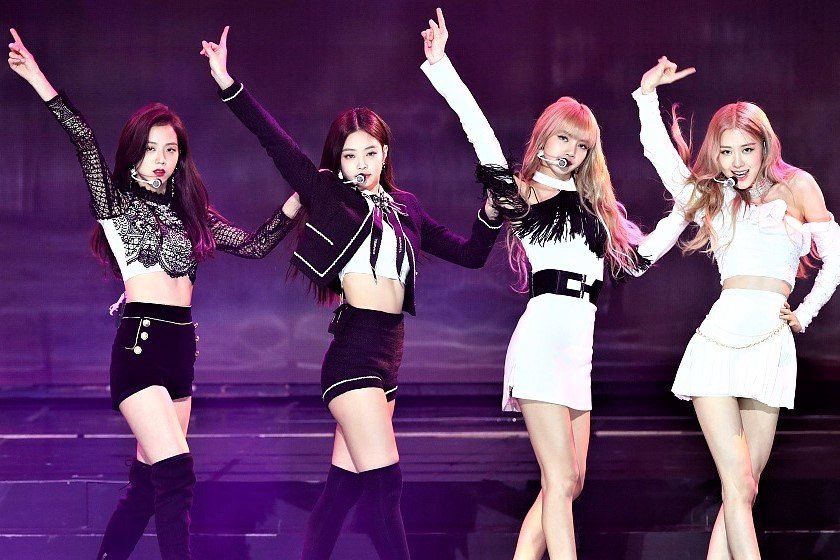Every nation has its own creative way of representing style and culture. While there is a visible distinction among each country’s cream of fashion and entertainment, nothing compares to the strong influence of modern Korean style, which is surprisingly becoming the epicentre of iconic urban clothing and pop industry these days.
Between the late 1990s and early 2000s, the Korean Wave (also known as Hallyu) started to make an explosive presentation of Korean brand and popular culture exports among East and Southeast Asian nations.
It all begins when South Korea has extended its series of Koreanovelas (better known as K-Dramas today) and K-Pop Music with massive boybands and girl groups that received a warm appreciation from their fans around Asia. But now, it appears that Korean Wave doesn’t stop there. In fact, the flow of wave remains and it reaches some of the Western countries today.
What makes the Korean branding more powerful and noticeable by many is not just because of their craft but also the way South Koreans dress up and walk with pure confidence whether on the stage or even in the streets regardless of their odd (in a good way) fashion statement.
I mean they love matching super vibrant shades of clothes. These include ‘out of this world’ designs of fashionable accessories without even looking bad. They know how to skip the ordinary and embrace what’s unique and turn it into something that wows the others. Maybe that’s the utmost reason why massive Koreaboos love and acquire Korean fashion that much.
Koreaboo, Explained
As the term is told, Koreaboo refers to people with different nationalism but are purely obsessed with Korean culture that they even claim themselves as Koreans by heart. These people tend to acquire everything about Korean nationals – from the way they spell fashion to the way they do the iconic finger hearts, the way they speak their interesting language and the way they show their adoration for Korean food, music, film, and dance moves.
The K-pop invasion might be later than most of us expect. Well, if we try to compare it with its neighbouring countries such as China and Japan. But the Korean Wave, despite the late approach, didn’t miss the goal of commercializing the country’s popular culture.
Although the majority of Koreaboos are Asians, Western races from Europe and North America are also getting into this phenomenon. In The Sydney Morning Herald, a Melbournian fan laid out her reason for admiring the K-Pop artists.
The fan said K-Pop groups such as BTS, TWICE, and Blackpink can totally nail their electrifying sing and dance prods. In a not so ordinary and slick way, it was something that she rarely sees in most Western countries performances. Well, a lot of fans must be aware of how big celebrity management companies such as YG Entertainment and S.M. Entertainment are training their artists at all costs just to bring out world-class productions and live performances.
Above all these stardoms is the distinctive fashion that fuels the Korean Wave. Enthusiasts are very keen when following their favourite artist’s style and dressing and styling their hair like their idols. Hence, fashion has greatly influenced the K-Pop phenomenon.
How It All Started
It was the Korean Wave that opened the door to a stereotypical K-Fashion. It started prevailing in Asia after the annual KCON launch in the United States and Japan back in 2012. Not only the K-Pop artists were recognized but also the country’s fashion designers. They have greatly reinvented the modern streetwear of South Korea.
Truly no surprise that Seoul, after the recent titleholder Tokyo, has earned the unofficial title of being the most fashionable and culturally influential capital city in Asia and has bagged the third spot in the biggest fashion market worldwide. Despite these gains, no one can really foresee the future of K-Wave but the country continues to reinvent its craft in order to keep its triumph.
